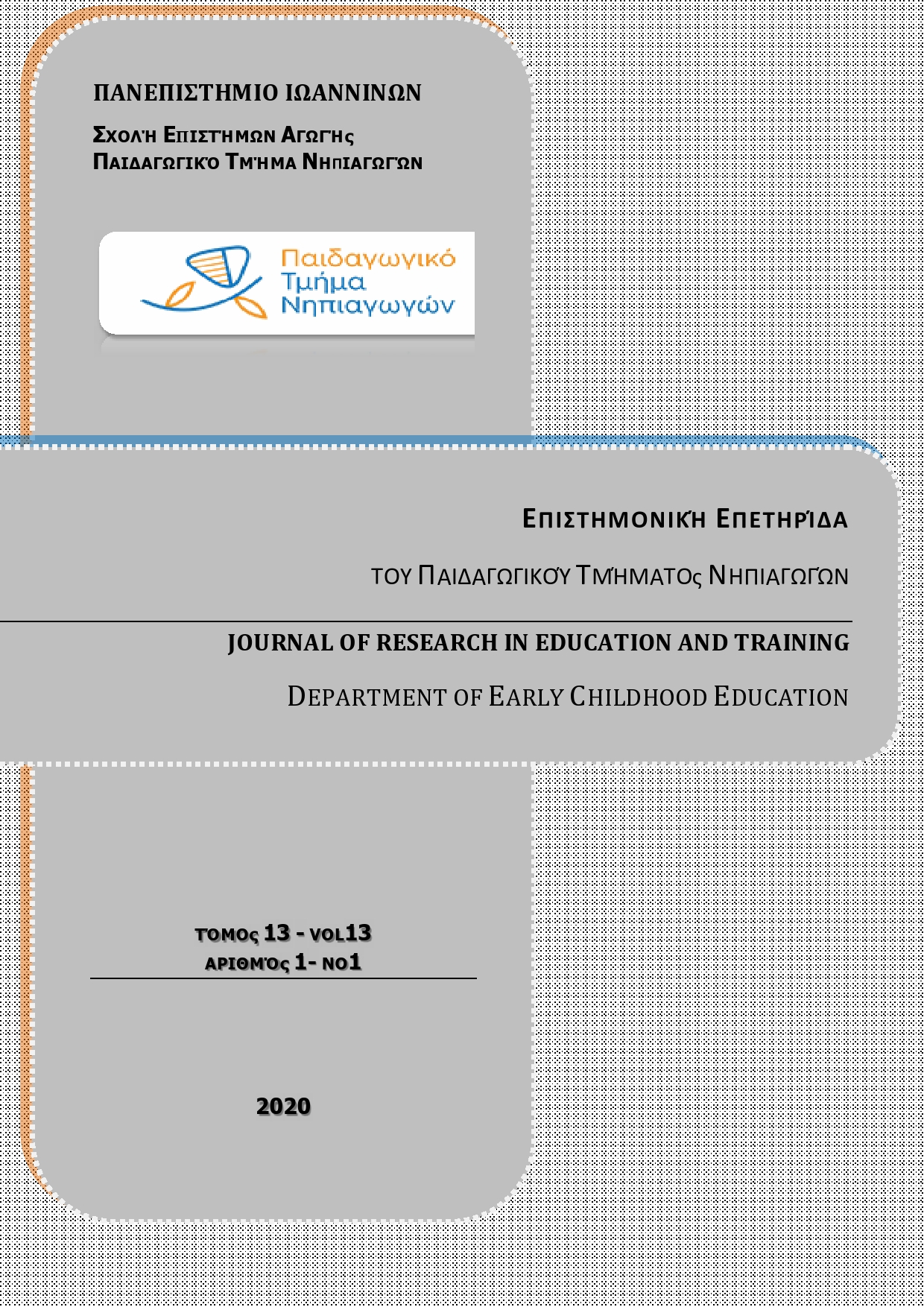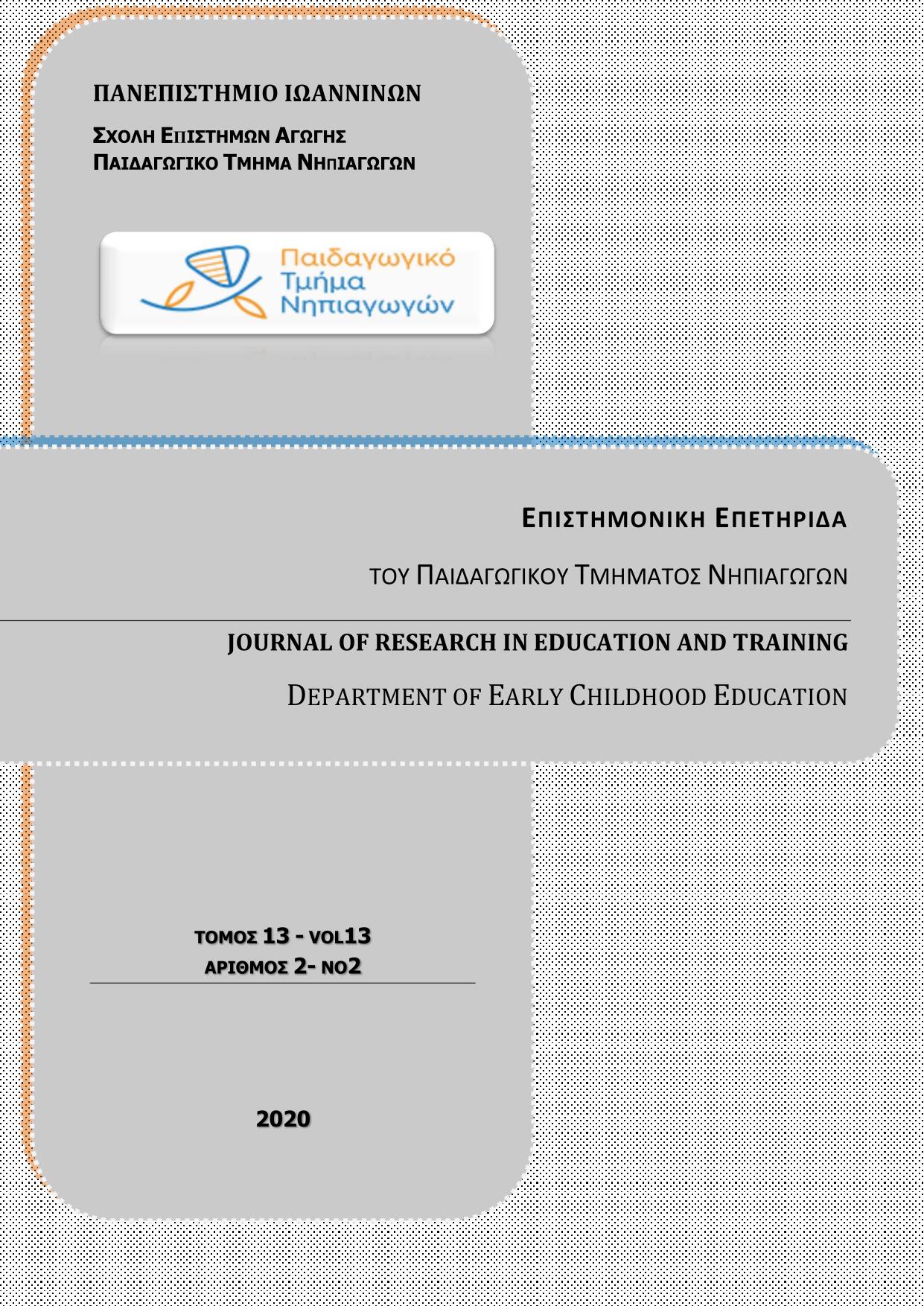The use of the “hyperbaton” by a Hellenized Syrian of Byzantine times. The case of Ioannis Damaskinos

Abstract
John Damascene (679/680-749/750) was the most famous writer of the 8th century, a theologian, hymnographer, ecclesiastical orator and teacher of the Church. His writing work has been enjoying universal acceptance and lasting recognition. This study presents an aspect of his multifaceted activity. His deep knowledge of the rules of rhetorical art, as formed in previous periods, assimilated by the ecclesiastical Fathers and orators (Basil the Great, Gregory of Nazianzus and John Chrysostom) during the early Christian centuries and incorporated into ecclesiastical rhetoric. The current study presents the use of the hypervaton by John Damascene in his praising speech to the great martyr Barbara. The Encomium by John Damascene is full of figures of speech and expressive means that prove his outstanding abilities as an orator. A dominant position among the other figures of speech is occupied by the hypervaton, one of the three figures of speech that, along with the chiaston and the anastrofe, forms the group of figurae per transmutationem. There are three categories of hypervaton presented, with the individual subcases. The first hypervaton movement and rearrangement (hypervaton I) involves syntactical terms (YI). The second (hypervaton II) involves specific words that are not syntactic terms on their own (YII), while both the syntactic terms and individual words are involved in the third category (prolonged hypervaton, YIII).1
Article Details
- How to Cite
-
Τσιτσανούδη - Μαλλίδη Ν., & Στεργιούλης Χ. (2020). The use of the “hyperbaton” by a Hellenized Syrian of Byzantine times. The case of Ioannis Damaskinos. Journal of Research in Education and Training, 13(1), 61–81. https://doi.org/10.12681/jret.22197
- Issue
- Vol. 13 No. 1 (2020)
- Section
- Articles

This work is licensed under a Creative Commons Attribution-NonCommercial-ShareAlike 4.0 International License.
Authors who publish with this journal agree to the following terms:
- Authors retain copyright and grant the journal right of first publication with the work simultaneously licensed under a Creative Commons Attribution Non-Commercial License that allows others to share the work with an acknowledgement of the work's authorship and initial publication in this journal.
- Authors are able to enter into separate, additional contractual arrangements for the non-exclusive distribution of the journal's published version of the work (e.g. post it to an institutional repository or publish it in a book), with an acknowledgement of its initial publication in this journal.
- Authors are permitted and encouraged to post their work online (preferably in institutional repositories or on their website) prior to and during the submission process, as it can lead to productive exchanges, as well as earlier and greater citation of published work (See The Effect of Open Access).



